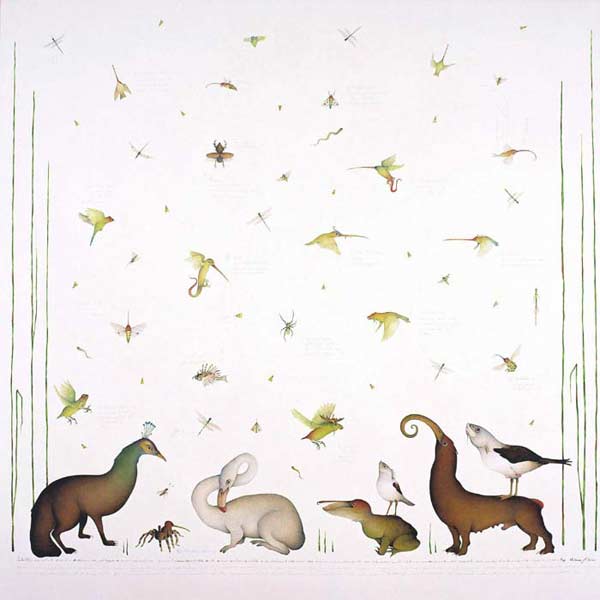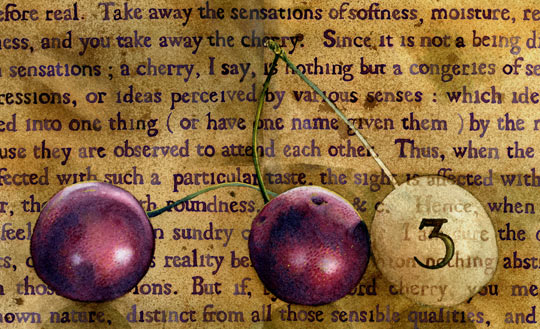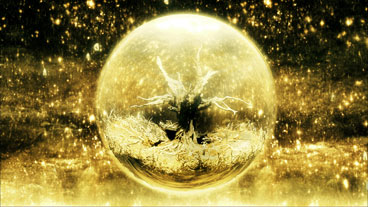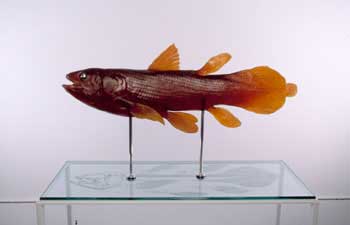
Walmor Correa, 2004
APÊNDICE – MOSTRUÃRIO ENTOMOLÓGICO
CENTRO UNIVERSITÃRIO MARIA ANTÔNIA, SÃO PAULO, BRASIL
Walmor Correa is amazing. And frustrating.
One of the exasperating things about art is that at any minute, you might cross paths with an artist you never heard of, who is doing what you are doing, better than you are doing it. (Come to think of it, science is the same way).
It was almost inevitable, given the sheer volume of creative minds out there, that I would run across a watercolorist who paints realistic yet phantasmagorical biological specimens. But it would have been a lot nicer for me if that artist could have, well, sucked.
Here’s a bit more about his background (this and other critical reviews of Correa’s work are available on his website):
As a child, Walmor Correa would spend his afternoons watching the animals in the woods in front of his house. In his imagination, the mole’s burrow and the bird’s nest joined together somewhere in the bowels of the earth or the heart of the tree, and the bird, going from one to the other, transformed itself into a mole so it could go out and walk around. Other hidden paths led to the sea, and the mole and the bird could choose to become a dolphin, a crab, or a seagull…
The animals that inhabit his patiently produced bestiary, on which the artist has been working for some years, are direct descendents of the mutations of that childhood daydream, but based on painstaking research and an almost scientific precision. Each of the animals Correa creates is in principle capable of existing. The artist shows us the mutation of each limb, each organ, each tiny bone or cartilage. The transformation is exhaustively studied before being brought to life on the canvas; before being poetic, it is scientific. Like the metamorphosis of Daphne into a laurel tree narrated by Ovid, no detail is neglected; the reassuringly meticulous description helps the reader accept the miracle as authentic.
The superimposition of science and art, especially involving the description of plants and animals, has a tradition in Brazil dating from the scientific expeditions organized by European powers to satisfy their own curiosity and thirst of knowledge ( and wealth). In them, the role of the artists wasn’t much different from that of the scientist: both had to observe study and reproduce. In many cases, the accuracy of the reproduction was tainted by tinges of fantasy. Apparently a part of this tradition, Walmor Correa actually brings in a fundamental reversal: instead of including fantastic details in a representation that is substantially close to reality, he invites us into an entirely imaginary world, whose sole commonality with our world is the inflexibility of anatomic rules.
Jacopo Crivelli Visconti

Walmor Correa, 2002
APROPRIAÇÕES / COLEÇÕES
DIORAMA CARTESIANO IV – ACRÃLIC AND GRAFIT ON CANVAS.
Correa is my new idol. If you have time, go check out his site archive.





